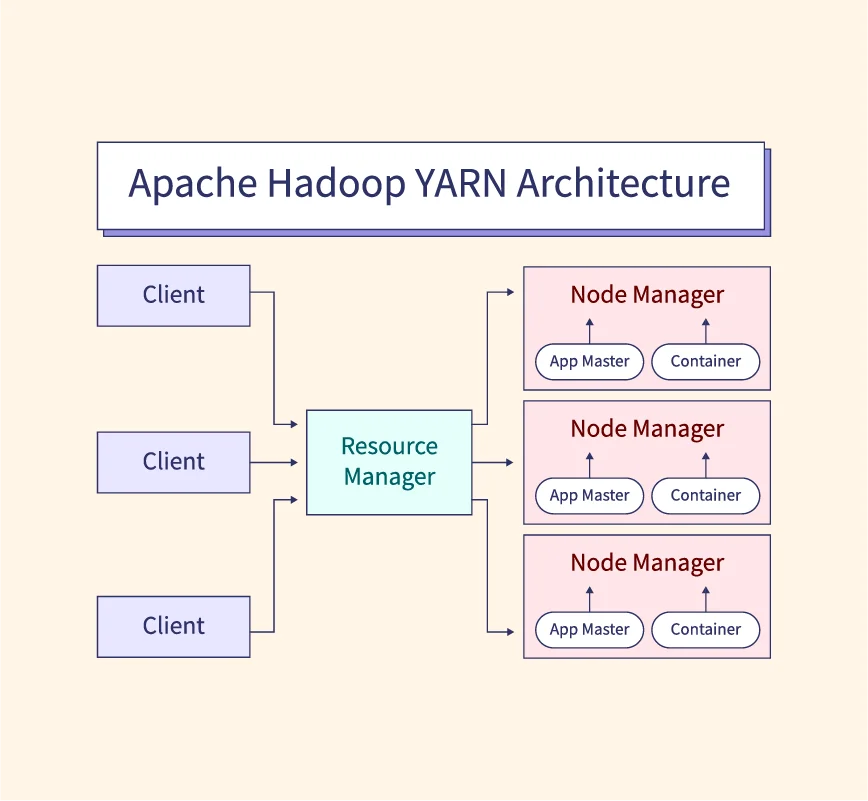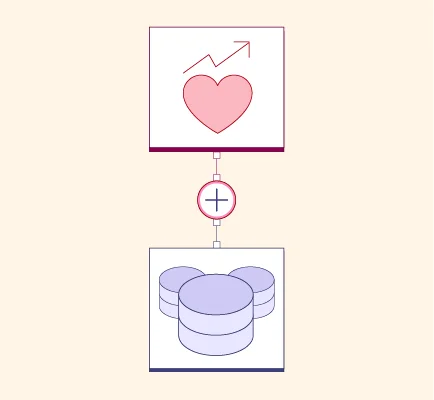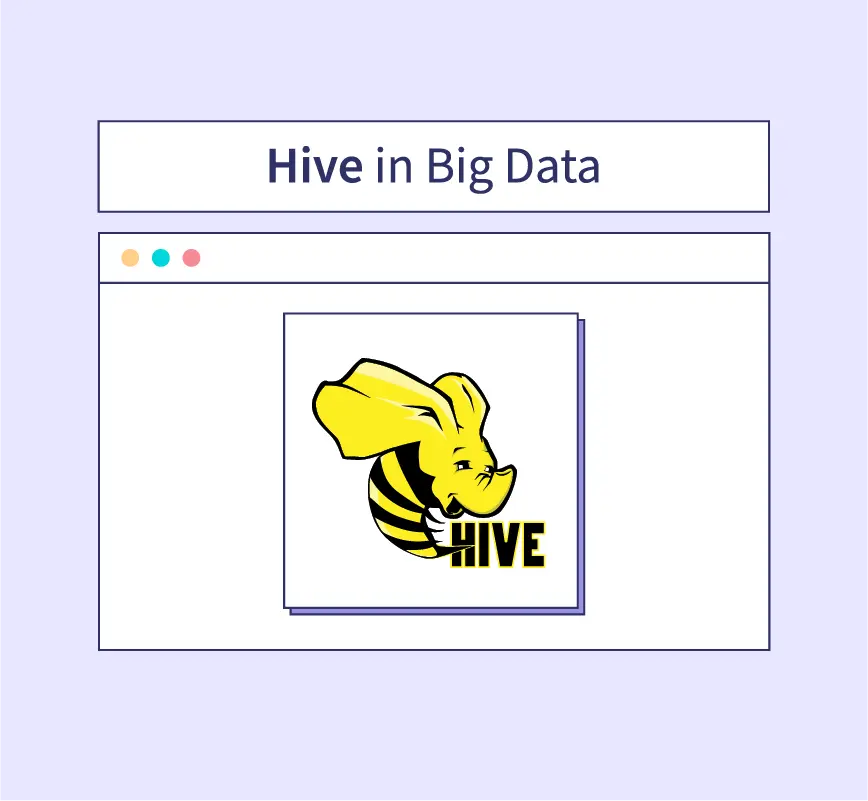In today’s rapidly evolving medical landscape, data has become a cornerstone of effective healthcare delivery. From patient records to clinical trials, hospitals and healthcare providers are generating vast volumes of data every day. Harnessing this data through healthcare analytics enables professionals to make informed decisions that improve patient outcomes, optimize operations, and control costs. Whether it’s predicting disease outbreaks, enhancing treatment protocols, or streamlining hospital workflows, analytics is reshaping the future of care. As healthcare systems worldwide embrace digital transformation, understanding the scope, applications, and potential of healthcare analytics has become essential for providers, administrators, and data professionals alike.
What is Healthcare Analytics?
Healthcare analytics refers to the process of collecting, analyzing, and interpreting health-related data to support better clinical and administrative decision-making. It blends statistical analysis, data mining, machine learning, and visualization tools to uncover actionable insights from vast amounts of structured and unstructured medical data.
At its core, healthcare analytics helps providers track patient outcomes, identify operational inefficiencies, reduce healthcare costs, and support value-based care. It functions across three primary categories:
- Descriptive analytics answers “what has happened” by summarizing past clinical performance, patient statistics, or resource usage.
- Predictive analytics uses historical data and algorithms to forecast future trends, such as disease progression or patient readmission risks.
- Prescriptive analytics goes a step further, offering recommendations on what actions should be taken to improve care or efficiency.
These analytics capabilities integrate into the broader domain of health informatics, which focuses on the acquisition, storage, and application of healthcare data. While health informatics provides the infrastructure and systems for managing data (e.g., EHRs), healthcare analytics ensures that this data drives meaningful, data-backed decisions across care delivery, population health, and hospital administration.
Types of Healthcare Analytics
Healthcare analytics is broadly categorized into three key types—descriptive, predictive, and prescriptive analytics—each playing a unique role in transforming data into actionable insights.
Descriptive Analytics
Descriptive analytics focuses on analyzing historical data to understand what has happened in the past. It uses data aggregation and statistical techniques to generate insights that are often presented through dashboards, scorecards, and reports. In healthcare, descriptive analytics is widely used for operational reporting, such as monitoring hospital admissions, bed occupancy rates, treatment adherence, and physician performance. These insights help providers track key performance indicators (KPIs), identify patterns, and make evidence-based decisions about resource allocation and process improvements.
Predictive Analytics
Predictive analytics applies machine learning algorithms and statistical models to forecast future events. It analyzes past and current data to anticipate outcomes such as disease onset, patient readmissions, or emergency department utilization. For instance, predictive models can help flag high-risk patients who may develop chronic illnesses or complications post-surgery. Hospitals use these insights for preventive care planning, staffing optimization, and inventory management to reduce bottlenecks and improve care delivery.
Prescriptive Analytics
Prescriptive analytics builds upon descriptive and predictive insights by recommending specific actions to achieve optimal outcomes. In healthcare, it helps in making real-time clinical decisions, such as suggesting the most effective treatment paths based on patient history and outcomes data. It is also valuable for strategic planning, like deciding which interventions will yield the best results within budgetary constraints. By combining advanced analytics with business rules and simulation models, prescriptive analytics guides proactive decision-making that enhances patient care and operational efficiency.
Benefits of Healthcare Analytics
The adoption of healthcare analytics brings transformative benefits across clinical, operational, and administrative domains.
- One of the most significant advantages is improved patient outcomes. By analyzing clinical data, healthcare providers can create personalized treatment plans tailored to an individual’s health history, genetic profile, and real-time monitoring data. This leads to more accurate diagnoses, fewer medical errors, and faster recovery times.
- Healthcare analytics also contributes to cost reduction and operational efficiency. By identifying inefficiencies in hospital workflows, supply chain bottlenecks, and unnecessary tests or procedures, analytics enables better financial decision-making and resource utilization.
- Resource allocation becomes more strategic with the help of analytics. From predicting ICU demand to optimizing staff schedules, hospitals can plan based on actual trends rather than assumptions. Moreover, analytics plays a vital role in fraud detection, helping insurers and providers flag irregular billing patterns or duplicate claims.
- In the realm of research and innovation, healthcare analytics accelerates the pace of medical discovery. Researchers use large-scale health data to identify disease trends, test drug efficacy, and design public health interventions. Ultimately, healthcare analytics empowers the industry to shift from reactive to proactive care, benefiting patients, providers, and the entire healthcare ecosystem.
Career Opportunities in Healthcare Analytics
Common Job Roles
Healthcare analytics offers diverse career paths at the intersection of data science and healthcare:
- Healthcare Data Analyst: Focuses on analyzing clinical and operational data to enhance patient care and streamline hospital operations.
- Clinical Analyst: Specializes in evaluating clinical data to improve healthcare delivery and ensure compliance with medical standards.
- Population Health Analyst: Analyzes health data across populations to identify trends, inform public health strategies, and improve community health outcomes.
- Healthcare Consultant: Provides expert advice to healthcare organizations on data-driven strategies to optimize performance and patient care.
Healthcare Analytics Salaries
Salaries in healthcare analytics vary based on role, experience, and location:
- Healthcare Data Analyst: In India, average annual salaries range from ₹4 to ₹9.5 lakhs, depending on experience and location.
- Clinical Analyst: Average annual salaries in India range from ₹3.4 to ₹8.5 lakhs, with experienced professionals earning up to ₹14.2 lakhs.
- Population Health Analyst: Salaries range between ₹10 to ₹18 lakhs per annum in India, reflecting the growing importance of public health data analysis.
- Healthcare Consultant: In India, average annual salaries range from ₹12.2 to ₹24 lakhs, depending on experience and expertise.
The healthcare analytics field is experiencing significant growth. According to TechSci Research India’s healthcare analytics market was valued at USD 640.28 million in 2024 and is projected to reach USD 2,423.61 million by 2030, growing at a CAGR of 25.01%. This expansion indicates a robust demand for skilled professionals in the sector.
How to Start a Career in Healthcare Analytics?
Step 1 – Educational Background
The journey toward a career in healthcare analytics typically begins with a degree in healthcare administration, public health, statistics, computer science, or a related field. Specialized courses or certifications in health informatics, health data science, or clinical analytics can further enhance your credentials. Programs from platforms like Coursera, edX, or institutions offering PG diplomas in healthcare analytics are also valuable.
Step 2 – Technical Skills
Technical proficiency is key in this field. Aspiring professionals should develop strong skills in SQL for database querying, Python or R for statistical analysis, and Excel for data manipulation. Visualization tools like Power BI and Tableau are widely used for reporting and dashboards. Familiarity with Electronic Health Records (EHR) systems, data governance protocols, and HIPAA compliance is also crucial for working with sensitive medical data.
Step 3 – Industry Experience
Practical experience is essential. Internships in hospitals, healthcare startups, or analytics consulting firms provide hands-on exposure to real-world datasets and tools. Volunteering for public health data projects or joining healthcare hackathons can also build relevant experience. Understanding clinical workflows and healthcare terminology gives candidates a competitive edge and prepares them for domain-specific challenges.
Future of Healthcare Analytics
The future of healthcare analytics is being reshaped by AI and machine learning, which are powering advanced predictive health models for early disease detection and personalized care. With the rise of real-time analytics, data from wearable devices and telemedicine platforms is being integrated into clinical workflows for continuous monitoring and faster intervention. Additionally, analytics is playing an expanding role in public health surveillance, helping identify outbreaks, track vaccination campaigns, and inform policy. As digital health accelerates, healthcare analytics will become even more vital in delivering proactive, data-driven, and patient-centric care across global health systems.


